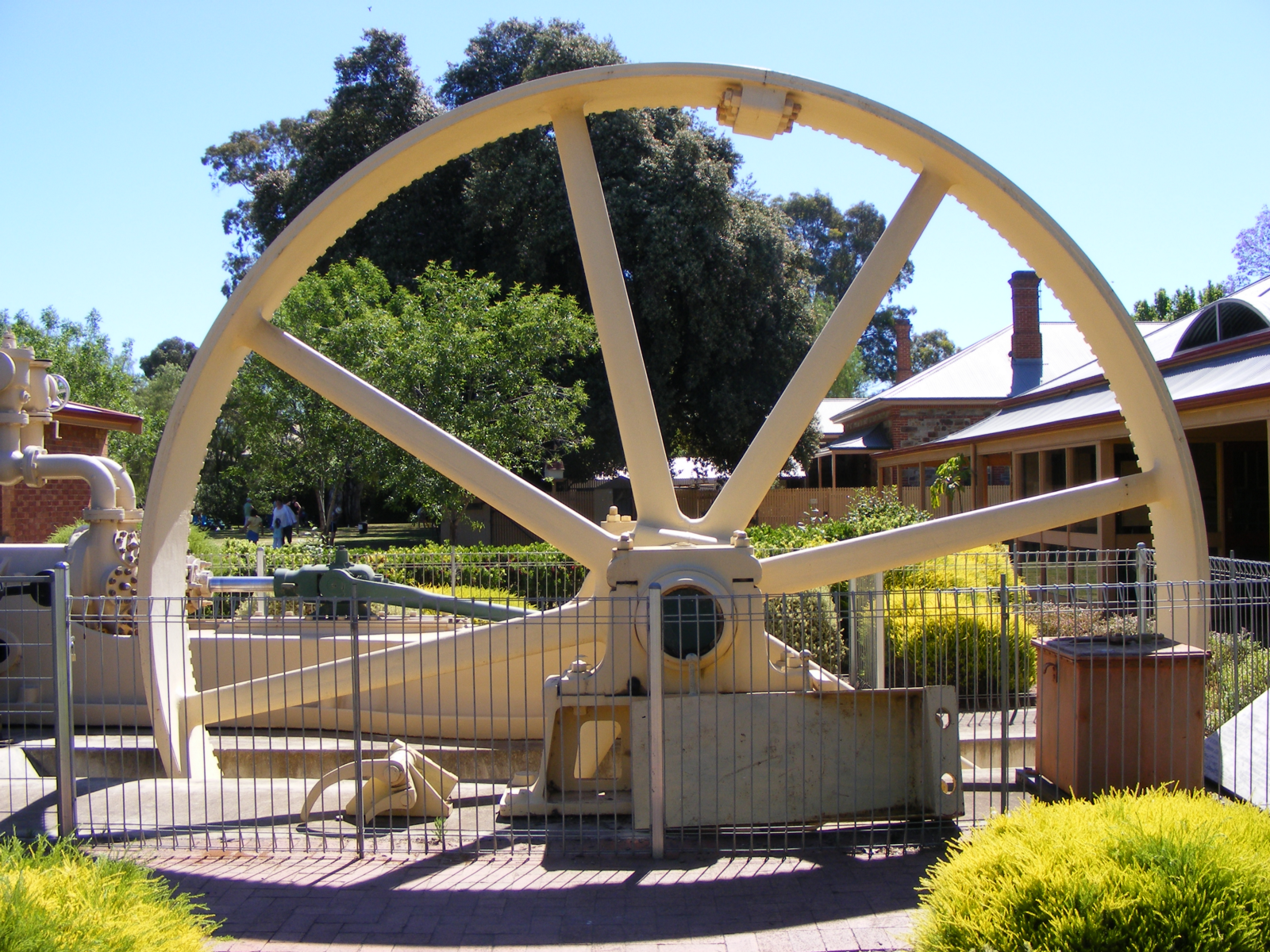
In 2001, Jim Collins published the book Good to Great and turned the flywheel into a well-known business term. He used the flywheel to illustrate one of his team’s observations about companies that made the jump from good to great. While Good to Great studied large companies because they had publicly available information, the flywheel concept is just as important, if not more important, for entrepreneurs to understand and apply.
One of the study’s most surprising findings was that there was not a single defining breakthrough moment that companies could identify. Instead, there was what Jim Collins referred to as a “quiet discipline” that defined the good to great companies. This is where the flywheel comes into play.
Picture your business as a big, heavy, metal wheel that is vertical & held up by an axle that goes through the center. The first hard push doesn’t yield much, nor the second, or the third. But with consistent effort, eventually the flywheel begins moving at a good speed.
At some point the flywheel moves faster & faster with little effort relative to how fast the wheel is going.
The “return” on our efforts is now disproportionately in our favor. This is called the “Flywheel Effect”. A lot of focused effort over time and then extraordinary success.
What can we as entrepreneurs take away from this study and the Flywheel illustration?
- The Flywheel Effect is even more important when resources are limited
- Entrepreneurs have significantly fewer resources available to move the flywheel from a standstill or very slow speed to one that achieves breakthrough momentum. Therefore, it is essential that we invest precious resources, and especially our time, effectively and efficiently.
- Taking the leap from good to great requires discipline.
- Good to great company leaders didn’t jump from one flywheel to the next. This is probably the biggest challenge for some entrepreneurs who enjoy the action and adrenalin of being entrepreneurs. After a few years of jumping to different flywheels it becomes exhausting since each new flywheel requires the upfront energy, time, and resources to get it moving.
- Leaders first invested the time to think about the best flywheel to dedicate their time, energy, and resources to
- – Take the time to think through your strategy and then begin to push on the flywheel. Every flywheel is not the same, and one specific flywheel may not be right for every entrepreneur.
- Successful companies avoid the “Doom Loop.”
- The Doom Loop occurs when leaders experience disappointing results. Instead of truly understanding the core causes of the disappointing results, leaders make an abrupt, not-well-thought-out-change and choose another direction.
- Seek counsel and support from the beginning and throughout the process.
- Leaders seek wise counsel and surround themselves with supportive people when pushing the flywheel becomes difficult. Entrepreneurs especially need to do this since they are often solo or have few people they can confidentially share their challenges with.
So with this new awareness, what actions can we take as entrepreneurs?
- Clearly articulate your strategy
- Invest the time to wisely choose the best flywheel
- Take the required action to get your flywheel moving
- Stick to the plan and let your efforts compound – time & consistency
I’d love to hear your stories of how you’ve seen the Flywheel effect in your business, please leave a comment and tell me your story!